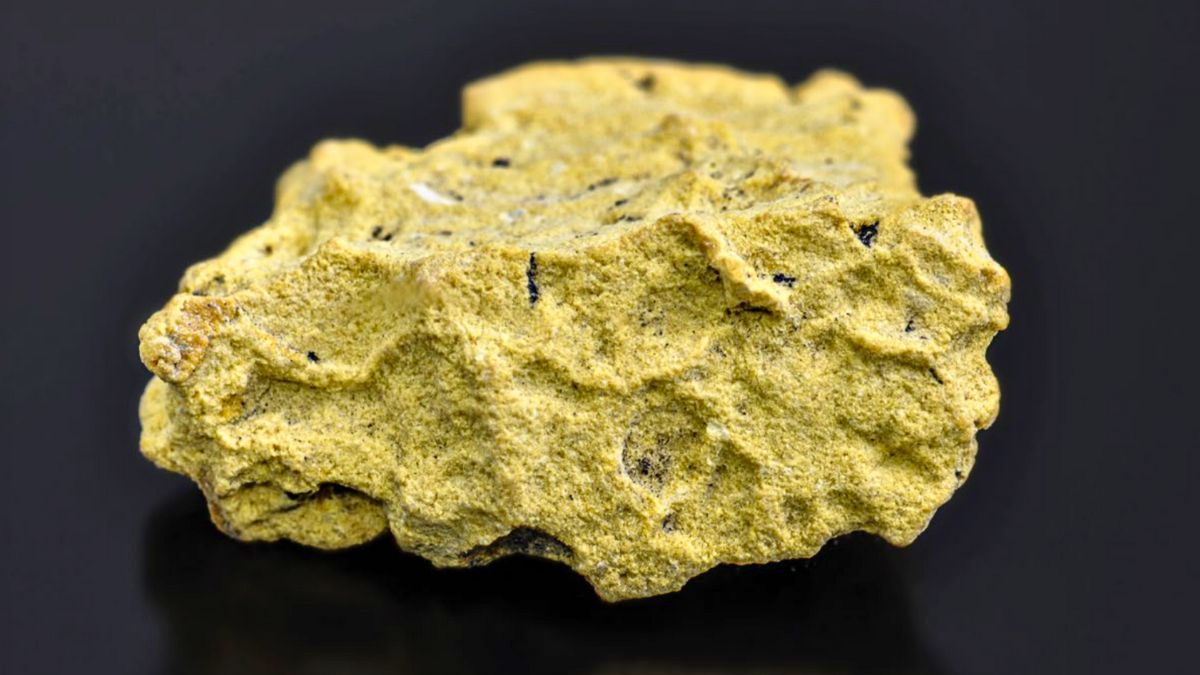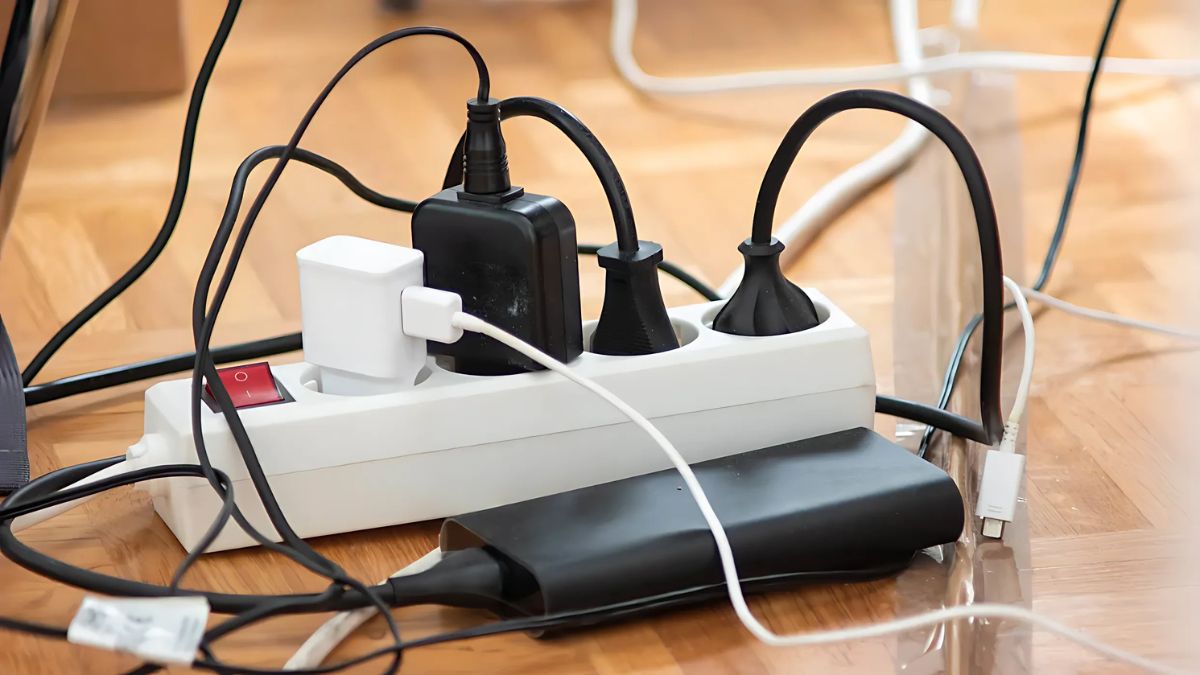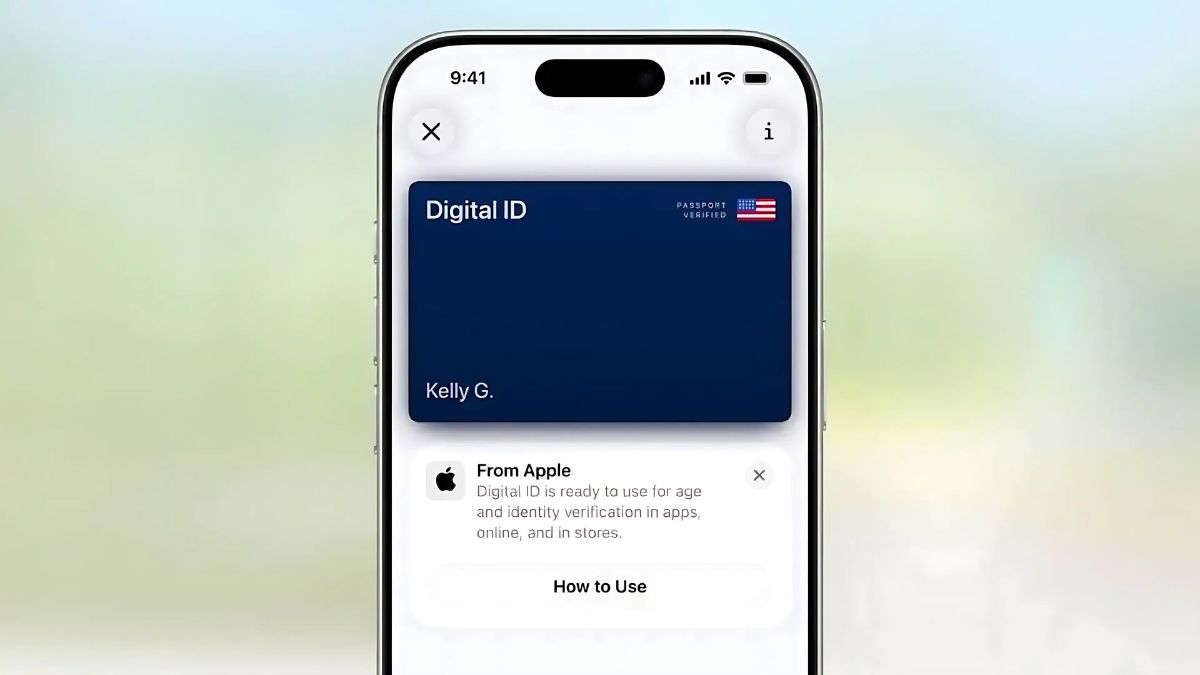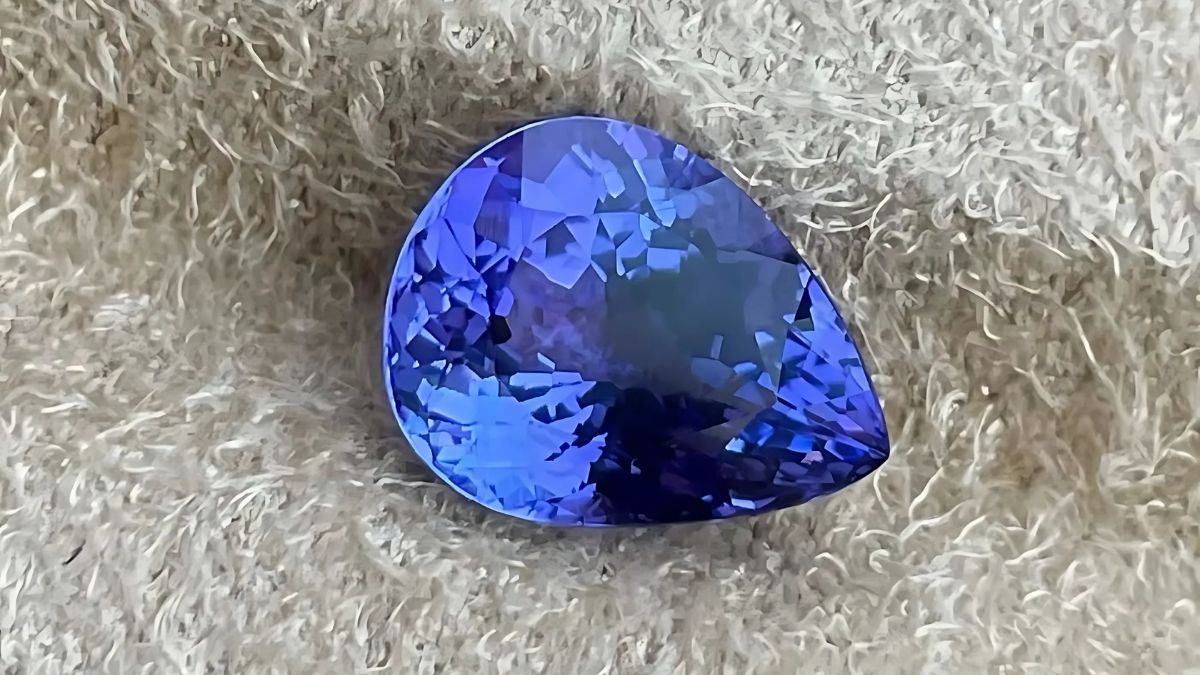It’s not every day that a dusty old letter in a file cabinet leads to the rediscovery of one of the world’s rarest minerals. But that’s exactly what happened with Humboldtine. While most scientific discoveries today come from cutting-edge labs and high-tech equipment, this one came from a long-forgotten note and a curious team of researchers. Let’s look into this incredible true story of a lost mineral and how it came back into the spotlight after 75 years.
Humboldtine
Humboldtine isn’t your flashy, crystal-clear mineral you’d expect to see in a museum display or jewelry store. It’s usually found in dull, yellowish lumps, often looking like something you might accidentally overlook. Yet despite its unimpressive appearance, Humboldtine is extremely rare. So far, it’s only been identified in about 30 locations around the globe—including Germany, Brazil, the United States, Canada, the UK, Hungary, Italy, and the Czech Republic.
It was originally discovered in the 19th century and named after Alexander von Humboldt, a famous German naturalist and explorer who was known for his fascination with nature and his vast mineral collection.
Uncommon
So, what makes Humboldtine so unique? It’s not just the rarity—it’s the chemistry. Humboldtine is one of the few known organic minerals. That means its structure includes carbon, hydrogen, and oxygen atoms, unlike most minerals which are purely inorganic.
This makes it a part of a very exclusive club in the mineral world. Finding organic minerals is like finding a four-leaf clover in a field of grass—they’re out there, but incredibly hard to come across. This composition makes Humboldtine a valuable piece of the puzzle in understanding the formation and behavior of organic compounds in nature.
Letter
Back in 1949, a coal mine owner in Germany sent a letter to environmental authorities. He claimed to have found Humboldtine in the Matthiaszeche mine, near Schwandorf. The agency requested a sample, but no evidence ever surfaced to prove the claim, and the letter was quietly filed away.
Little did anyone know, that letter would remain untouched for 75 years—until it would one day spark one of the most unexpected rediscoveries in modern science.
Rediscovery
Fast forward to 2023. Researchers at the Bavarian Environment Agency were in the middle of digitizing old documents when they came across the mysterious 1949 letter. Naturally curious, they decided to explore their own mineral collection, which contains over 13,000 specimens stored away in drawers and boxes in a basement.
After some digging, they found a small box labeled “Oxalit”—which is the German word for organic minerals. Even more intriguing, the label confirmed it came from the Matthiaszeche mine, the same one mentioned in the letter. Upon analysis, the fragments inside turned out to be Humboldtine.
Loss
Here’s the sad part: the Matthiaszeche mine closed in 1966 and has since been flooded. That means no more samples of Humboldtine can ever be extracted from that location. For collectors and geologists alike, that’s a major blow. Whatever fragments exist now in labs and museums may be all that’s left from that site.
It’s a harsh reminder that some of Earth’s treasures are truly one-of-a-kind, and once a source is gone, it’s gone for good.
Wonders
This story is a perfect example of how the Earth still holds hidden secrets, and sometimes, the key to discovering them lies in forgotten documents, not high-tech machines. It also teaches us the value of patience, curiosity, and a well-kept archive.
So next time you stumble upon an old box or letter, take a second look—you never know what kind of history you might be holding.
FAQs
What is Humboldtine made of?
It’s an organic mineral with carbon, hydrogen, and oxygen.
Where was Humboldtine rediscovered?
It was rediscovered in Germany at a mine mentioned in a 1949 letter.
Why is Humboldtine so rare?
It has been found in only about 30 places worldwide.
How was Humboldtine found again?
Researchers found it while digitizing old letters in 2023.
Can we still mine Humboldtine today?
No, the original mine is flooded and closed since 1966.




















